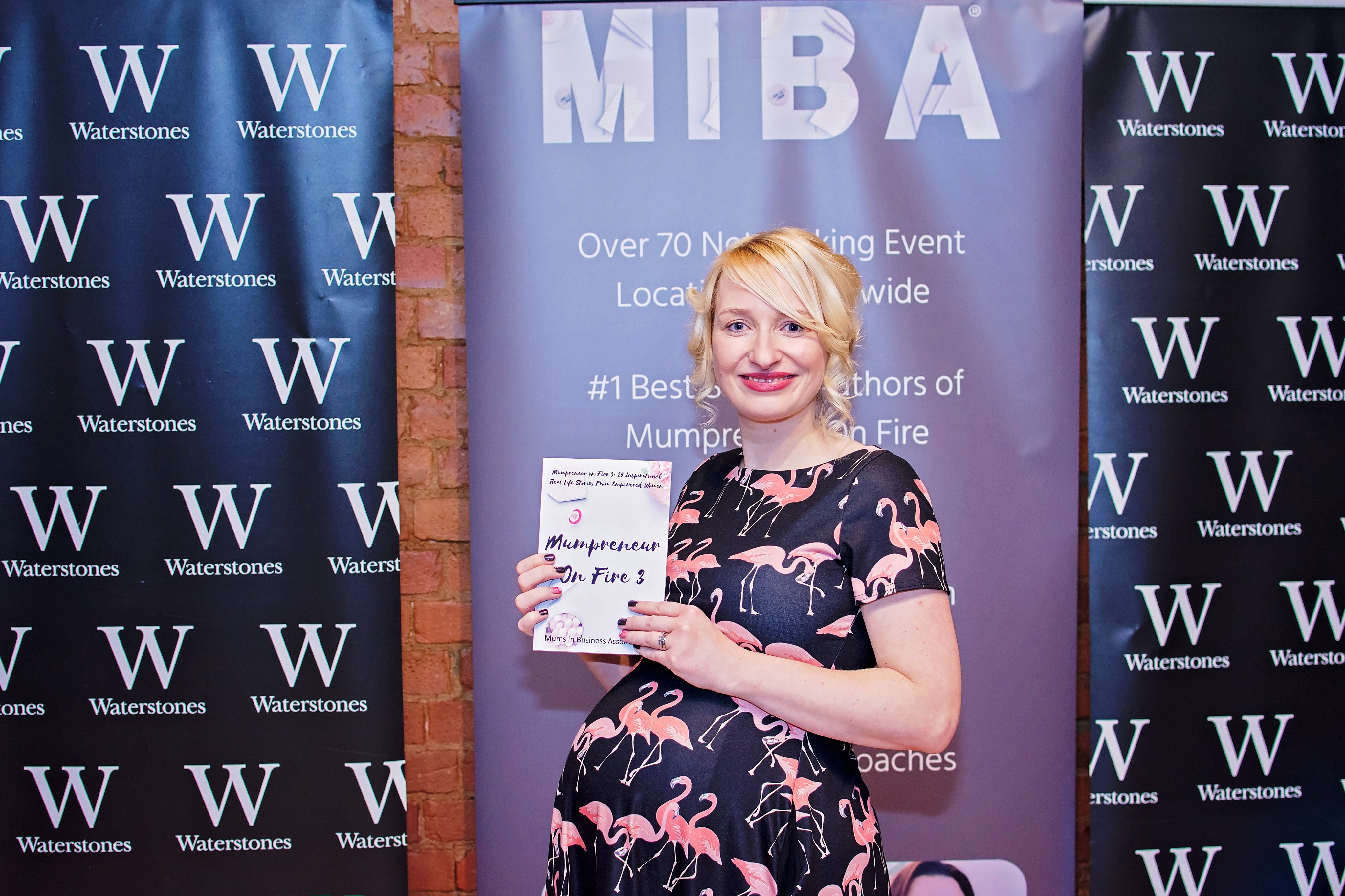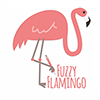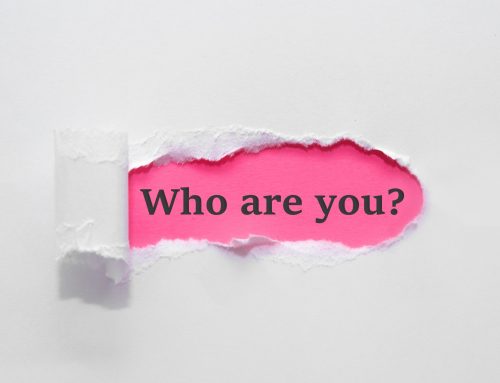You’ve written your book, you’ve spent hours in front of your computer tapping away and you’ve added that final full stop. The hard work is done, right? Err… not quite, I’m afraid! I’ve heard authors saying that they felt like writing was the easy part once they got bogged down in the ins and outs of publishing because, if you don’t know what you’re doing, it can be a minefield. So, once you’ve written your book, what are the next steps to take? Traditional publishing or self-publishing? Opting for help from service providers or going full DIY? Marketing yourself and your book off your own back or having a push from elsewhere? In part one, I will take you down the two main routes of how to publish, then in parts two and three I will be giving you my take on marketing, distribution and printing options.

Choose Your Route
There are two main routes to go down when publishing your book, with some side routes along the way: Traditional publishing versus self-publishing. Traditional publishing is the route most authors used to want to take, but these days this is changing.
Taking the Traditional Path
The big traditional publishers (the big six include the big names such as HarperCollins and Penguin) don’t usually accept unsolicited manuscripts from individual authors, so you can’t just email them a copy of your manuscript and expect an answer. Usually, you would have to find an agent to take you on (again, they don’t just take on anyone, they have to like your work) who would then submit your book to the relevant publishers. Smaller traditional publishers may accept unsolicited manuscripts, but you’d need to check carefully that you meet their criteria for submission. They may, for example, only be accepting books that fit within certain categories at this particular time. Most publishers have their own ‘lines’ of books that they publish, i.e. certain genres. You get some very niche publishers who only publish one type of book, such as history, whereas others may have much broader categories. With books having to fit specific criteria for submission, this can make it very difficult for authors who write across genres, i.e. books that fit into multiple categories.
Traditional publishers make projections with their marketing teams to predict what genres and categories will be popular in the upcoming years. In general, traditionally published books take one to two years to publish, so they are making predictions well ahead of time (think big board meetings with high pressure decisions being made!). If they take on your book, they will usually edit it, design the cover for it, design the text for it and print it without your input, but with their finance. They will then market and sell it. As it is their money that is at risk (they are the ones to lose out financially if the book doesn’t sell) then they need to be as certain as they can be that it is a book they can sell before taking it on. This is just one of the reasons why it is getting harder for authors, particularly unknown first-time authors, to be taken on by a traditional publisher.
If you are one of the lucky ones then the financial benefit is that you don’t have to pay for the publishing process (there are smaller publishers and partnership publishers that ask for a contribution), you may be lucky enough to be offered an advance (a payment for them to take on your work), but then the royalties you receive from each book sale will be very small because the publisher needs to ensure their costs are covered as a priority. So, there are certainly plusses and minuses to this route.
Choosing to go it alone and self-publish
The alternative is to self-publish your book. There are many ways you can do this. Platforms such as Amazon let you upload your Word document and publish virtually anything. However, if you want your book to be purchased by readers, enjoyed, talked about and become successful, you will need to put in the effort to make it look good and to market it to potential buyers and readers. If you have the skills to do this yourself then that’s great, but it is important that if you want a professional-looking book then you do your research and have the relevant knowhow. The areas you need to look at in terms of the production of your book are:
- Cover design: Are you able to produce a book cover that is high resolution (it should be minimum 300dpi for printing, 150dpi for ebooks) and so won’t be blurry or pixellated when printed? Are you able to design a cover that fits with the genre of your book, but stands out enough to get noticed (it’s a delicate balance, see my previous blog post ‘Be a Fuzzy Flamingo in a Flock of Pigeons’ for more information)? Are you able to use professional software used for cover design, such as Adobe’s Creative Suite? Word is not a graphics programme and will not be able to produce a high enough quality cover and so should be absolutely avoided!
- Editing: Are you excellent at spelling and grammar and are you able to spot errors in your own work? Even as a copyeditor myself, I would still always have someone else copy edit my own writing because your brain doesn’t spot your own errors as easily as someone else’s. It knows what you were trying to say and so will often skim over errors.
- Typesetting: A Word document will not look professional enough if used for printing because it is not high enough resolution to print well. So, do you know how to use typesetting software such as Adobe InDesign or Quark Xpress? Are you aware of the general rules of thumb when it comes to designing the text of the book, such as starting page numbering at the first page of chapter 1, having half and full title pages, including a copyright page, etc., using roman numerals for pages with text before the first chapter such as a prologue or introduction?
- Ebook formatting and conversion: If you are producing an ebook without the paperback, do you know how to format a Word document so that everything looks as it should do when read on an e-reader, such as chapter headings being flagged, paragraphs being indented, but not at the start of a new section, etc.? Again, ebook formatting is a lot more complicated than you would first think and can take a lot of research to get right if you have not had the training to do it (I am one of those weirdos that actually enjoy it!).
If you answered no to any of those questions, then you may need to think about outsourcing those tasks to individuals or companies with the relevant skills. This may be with a company that can handle everything for you in one package, or it might be lots of individuals you know with the relevant skills. Just remember that when you are marketing a book, it is much easier to do so with a professional-looking, great product than one that looks rushed or amateurish. Fuzzy Flamingo can provide all of the above services, so do get in touch if you feel that you need help with any of them.
Being a Published Author
So there you have it! Regardless whether you are picked up by a traditional publisher or self-publishing, research goes a long way! The important thing to remember is that you need to enjoy it so that it does not become a process (and therefore a book) that you come to loathe. If you are self-publishing, my rule of thumb in terms of setting your budget is this: Only spend what you are willing to lose. Publishing by any means is always a gamble, whether it is you or the publisher taking on the risk, so be prepared for your book not to be the bestseller you want it to be. But, put in the research, the quality of work and the effort and you increase your chances of success by an awful lot! Good printing and marketing also help, so stay tuned for parts two and three to read more. In the meantime, if you have any questions about this post please do ask in the comments or send me a direct message and I will respond and possibly cover it in future posts! I will be a published author myself in January, with the release of Mumpreneur on Fire 4, in which I am a co-author (published by the Mums in Business Association), so I am fast discovering what it is like on the other side of publishing books! Here I am at the book launch of the third book in the series (I did the editing, typesetting and ebook formatting) and very excited for the launch of the fourth and final book.







